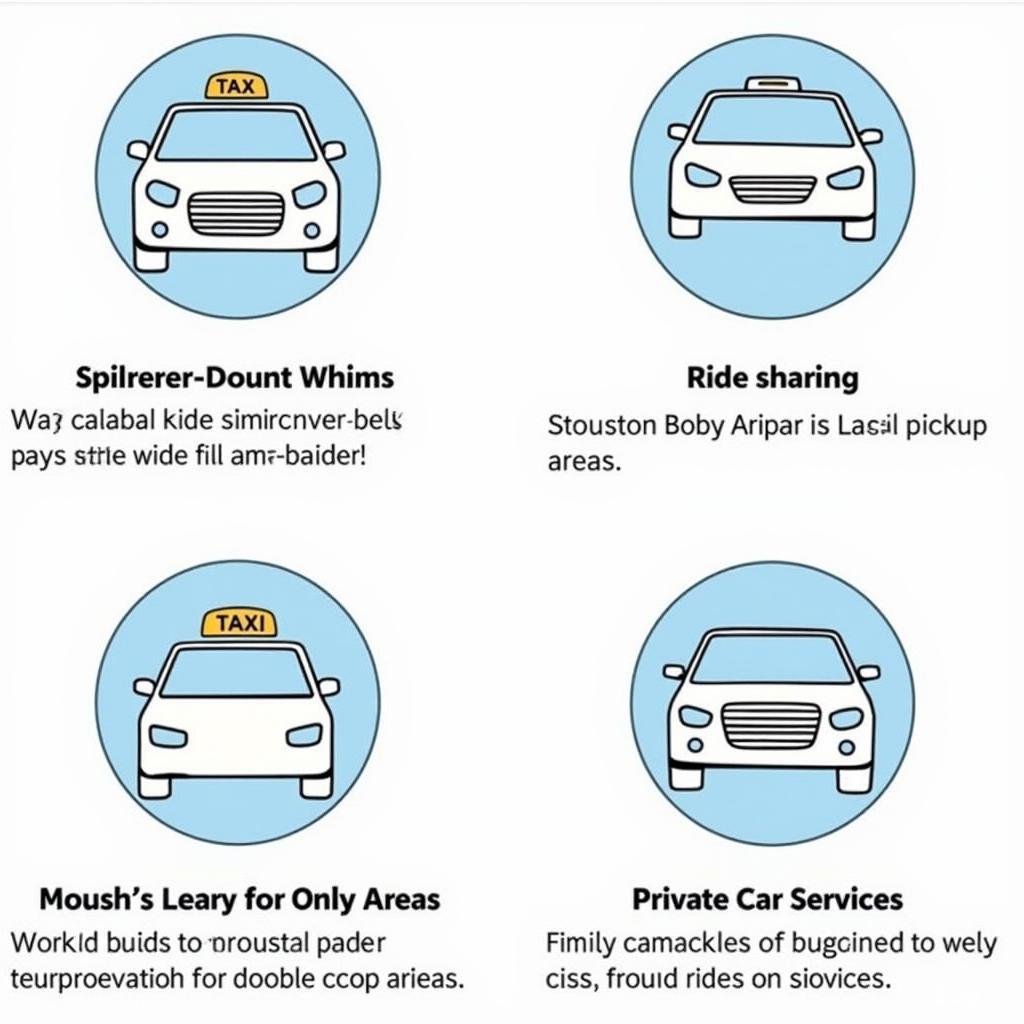Can You Still Drive and Receive In-Home Care Services?
Many individuals facing health challenges or age-related limitations wonder if receiving in-home care means giving up their driving privileges. The answer isn’t always a simple yes or no. This article addresses the complexities of balancing driving with the need for in-home care, providing valuable insights and guidance to help you or your loved ones navigate this important decision.
Maintaining Independence While Receiving In-Home Care
In-home care is designed to support independence, not restrict it. It’s perfectly possible to receive in-home care and continue driving, provided it’s safe to do so. A key factor is the individual’s specific health condition and its impact on their driving abilities. In-home care can actually enhance a person’s ability to drive safely by addressing issues that might otherwise hinder driving, such as medication management, physical limitations, and cognitive decline.
Assessing Driving Abilities with In-Home Care
Several factors contribute to a comprehensive assessment of driving abilities. These include physical health, cognitive function, vision, and reaction time. A medical professional can conduct a thorough evaluation to determine if driving is still safe. In-home care providers can also offer valuable observations about a client’s day-to-day functioning, which can inform the overall assessment.
- Physical Health: Conditions affecting mobility, strength, and coordination can impact driving safety. In-home care can help manage these conditions through physical therapy, assistance with mobility aids, and medication reminders.
- Cognitive Function: Memory loss, confusion, and difficulty with decision-making can pose serious driving risks. In-home care can provide cognitive stimulation, memory exercises, and assistance with daily tasks to support cognitive function.
- Vision: Changes in vision, such as decreased acuity or peripheral vision, can make driving hazardous. In-home care can help with transportation to eye appointments, ensuring proper eyewear usage, and adapting the home environment to accommodate vision changes.
- Reaction Time: Slower reflexes can significantly impact a driver’s ability to respond to unexpected situations. In-home care professionals can observe and report any changes in reaction time that might warrant further evaluation.
When Driving May No Longer Be Safe
There are situations where continuing to drive might pose significant risks. If a medical professional advises against driving, it’s crucial to adhere to their recommendations. In-home care services can offer alternative transportation options, such as accompanied transportation to appointments, errands, and social engagements.
Alternative Transportation Options with In-Home Care
Giving up driving doesn’t have to mean sacrificing independence. In-home care providers can facilitate a range of transportation alternatives, ensuring clients maintain their mobility and social connections.
- Accompanied Transportation: In-home aides can accompany clients on errands, appointments, and social outings, providing assistance with mobility and ensuring safety.
- Ride-Sharing Services: Services like Uber and Lyft can offer convenient and affordable transportation options, particularly for shorter trips. In-home care providers can assist with arranging and coordinating these services.
- Public Transportation: Depending on the individual’s location and abilities, public transportation can be a viable option. In-home care providers can assist with navigating public transit systems and ensuring safe travel.
- Family and Friend Support: Enlisting the help of family and friends can be a valuable supplement to in-home care, particularly for social outings and recreational activities.
“Maintaining a sense of independence is paramount for seniors. In-home care coupled with appropriate transportation solutions allows them to remain active and engaged in their communities without compromising safety.” – Dr. Emily Carter, Geriatric Specialist
Making the Decision: Driving and In-Home Care
The decision to continue driving while receiving in-home care should be made carefully, considering all relevant factors. Open communication between the individual, their family, medical professionals, and in-home care providers is crucial. Regular assessments and ongoing monitoring can help ensure driving safety and adjust care plans as needed.
“Driving represents freedom and autonomy. When health challenges arise, it’s essential to explore all options that allow individuals to retain as much independence as possible. In-home care can be a valuable tool in this process.” – David Miller, Certified Occupational Therapist
In conclusion, can you still drive and receive in-home care services? Absolutely. The key is to prioritize safety and make informed decisions based on individual circumstances. In-home care can be a valuable resource in supporting safe driving practices and providing alternative transportation options when needed.
FAQ
- Can in-home care help me continue driving? Yes, by addressing health issues that may impact driving.
- Who should assess my driving abilities? A medical professional specializing in geriatric care or driving evaluations.
- What if I’m no longer able to drive? In-home care offers alternative transportation solutions.
- How can I maintain my independence if I stop driving? Through accompanied transportation, ride-sharing, public transit, and family support.
- Should I discuss driving with my in-home care provider? Yes, open communication is crucial for developing a safe and effective care plan.
- What are the signs that it might be time to stop driving? Difficulty with navigation, increased accidents or near misses, and decreased confidence behind the wheel.
- Can in-home care help me adjust to life without driving? Yes, by providing transportation and facilitating social engagement.
Need further support? Contact us via WhatsApp: +1(641)206-8880, Email: [email protected] or visit us at 456 Oak Avenue, Miami, FL 33101, USA. Our 24/7 customer service team is ready to assist you.

